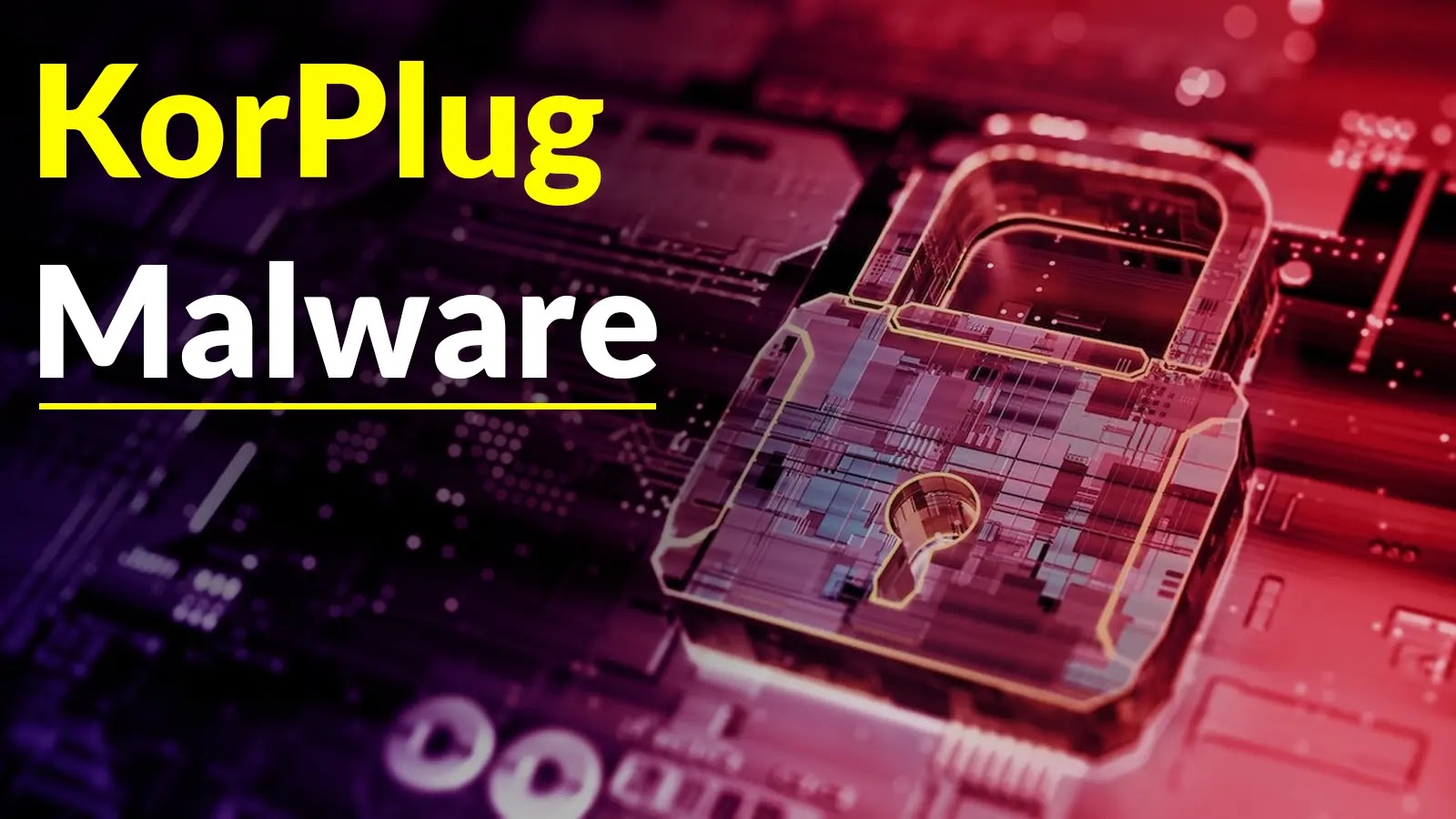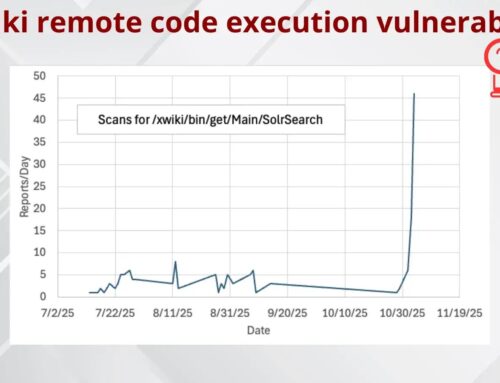
KorPlug Malware Unmasked – TTPs, Control Flow, IOCs Exposed
KorPlug Unmasked: Decoding the Sophisticated Malware Threat
In the relentless landscape of cyber threats, a particularly insidious malware strain has emerged, challenging traditional detection and analysis methodologies. Known as KorPlug, this sophisticated threat employs advanced obfuscation techniques, making it a formidable adversary for cybersecurity professionals. Its implementation of O-LLVM obfuscation mechanisms transforms conventional program structures into highly complex control flow patterns, complicating both static and dynamic analysis efforts. Understanding KorPlug’s tactics, techniques, and procedures (TTPs), its intricate control flow, and accurate indicators of compromise (IOCs) is paramount for effective defense.
What is KorPlug Malware?
KorPlug is not your average malware. It represents a significant leap in evasion capabilities, primarily due to its integration of O-LLVM obfuscation. This technique goes beyond simple string encryption or packing; it actively mutates the program’s underlying structure, making it difficult for automated tools and even human analysts to trace its execution path. The goal is to create a highly convoluted and opaque codebase that resists reverse engineering and signature-based detection.
Tactics, Techniques, and Procedures (TTPs)
While the provided source content highlights KorPlug’s obfuscation, we can infer common TTPs based on the nature of sophisticated malware:
- Initial Access: Often achieved through spear-phishing campaigns, supply chain attacks, or exploitation of publicly exposed vulnerabilities.
- Execution: Leveraging sophisticated loaders and anti-analysis checks to ensure the malicious payload runs effectively in the target environment.
- Persistence: Establishing footholds within compromised systems, frequently through registry modifications, scheduled tasks, or service installations, to maintain access across reboots.
- Defense Evasion: The cornerstone of KorPlug’s operation is its advanced obfuscation (O-LLVM), complemented by anti-debugging and anti-virtual machine techniques. This makes it incredibly difficult for security solutions to detect and analyze its true intent.
- Command and Control (C2): Communicating with attacker-controlled infrastructure to receive commands, exfiltrate data, or download additional modules. These communications are often encrypted and designed to blend in with legitimate network traffic.
- Impact: Ranging from data exfiltration and espionage to financial fraud and disruption of critical operations.
Control Flow Obfuscation with O-LLVM
The core of KorPlug’s evasive nature lies in its use of O-LLVM (Obfuscator-LLVM). LLVM (Low Level Virtual Machine) is a compilation technology widely used by developers. O-LLVM is a modified version that introduces various obfuscation passes during the compilation process. These passes transform simple, linear code execution paths into highly complex, non-linear structures. Key techniques include:
- Control Flow Flattening: This technique removes direct jumps and calls, replacing them with a state machine and a dispatcher that controls the execution flow. This makes it difficult to follow the logical progression of the program.
- Bogus Control Flow: Inserting irrelevant or redundant code blocks and conditional jumps that lead to dead ends or loops, further confusing analysis tools.
- Instruction Substitution: Replacing standard instructions with functionally equivalent, but more complex or unusual, instruction sequences.
This renders traditional disassemblers and debuggers less effective, as the “true” code execution path becomes extremely challenging to reconstruct.
Indicators of Compromise (IOCs)
Identifying KorPlug requires a keen eye for subtle deviations and robust detection capabilities. While specific IOCs evolve, typical categories include:
- File Hashes: MD5, SHA-1, SHA-256 hashes of detected KorPlug samples or related components. These are highly specific but can quickly become outdated as attackers recompile their payloads.
- Network Indicators: C2 server IP addresses, domain names, and specific URLs or ports used for communication. Monitoring outbound connections to suspicious or previously unknown external destinations is crucial.
- Host-Based Artifacts: Registry keys, file paths, and process names associated with KorPlug’s persistence mechanisms or installation. Uncommon file extensions or hidden files in system directories could also be indicative.
- Behavioral Patterns: Unusual process injections, attempts to disable security software, or unexpected network traffic patterns are strong behavioral IOCs.
It’s important to note that due to its obfuscation, static IOCs (like hashes) may have a shorter lifespan, emphasizing the need for behavioral detection and robust threat intelligence feeds.
Remediation Actions
Mitigating the threat posed by KorPlug, given its sophisticated evasion techniques, requires a multi-layered and proactive approach:
- Enhanced Endpoint Detection and Response (EDR): Deploy EDR solutions that focus on behavioral analysis rather than just signature matching. These systems can detect the anomalous activities characteristic of obfuscated malware execution.
- Network Segmentation and Monitoring: Implement strict network segmentation to limit lateral movement. Continuously monitor network traffic for suspicious C2 communications, even if encrypted. Utilize anomaly detection algorithms.
- Regular Software and System Updates: Maintain a rigorous patching schedule for all operating systems, applications, and network devices. Exploitation of unpatched vulnerabilities (e.g., CVE-2023-XXXXX – *Note: Specific KorPlug CVE not provided in source. Replace with relevant if exact CVE emerges*) is a common initial access vector.
- Advanced Threat Intelligence: Subscribe to and integrate high-quality threat intelligence feeds that provide timely updates on new KorPlug variants, IOCs, and TTPs.
- Security Awareness Training: Educate employees about social engineering tactics, spear-phishing, and safe browsing habits to reduce the likelihood of initial compromise.
- Application Whitelisting: Implement application whitelisting where feasible to prevent unauthorized executables, including obfuscated malware, from running on endpoints.
- Proactive Threat Hunting: Conduct regular, proactive threat hunting exercises within your environment, searching for the subtle signs of compromise that automated tools might miss.
Tools for Detection and Analysis
Addressing sophisticated threats like KorPlug demands powerful tools for both detection and in-depth analysis.
| Tool Name | Purpose | Link |
|---|---|---|
| IDA Pro / Ghidra | Reverse engineering and static analysis, crucial for understanding obfuscated binaries (though challenging with O-LLVM). | IDA Pro / Ghidra |
| Volatility Framework | Memory forensics for analyzing live or captured memory dumps to uncover hidden processes and injected code. | Volatility |
| Wireshark | Network protocol analyzer for deep inspection of network traffic to identify C2 communications or data exfiltration. | Wireshark |
| Sysmon | Windows system monitor that provides detailed information about process creations, network connections, and file system activity. | Sysmon |
| Sandboxes (e.g., Any.Run, Cuckoo Sandbox) | Safe environments for dynamic analysis of suspicious files, observing their behavior without risking the host system. | Any.Run / Cuckoo Sandbox |
Key Takeaways
KorPlug malware represents a significant evolution in evasion tactics, primarily driven by its sophisticated O-LLVM obfuscation. This makes traditional signature-based detection less effective and elevates the challenge for security analysts. Effective defense against KorPlug necessitates a shift towards behavioral analysis, robust EDR solutions, proactive threat hunting, and a deep understanding of its TTPs. Staying informed about emerging threats and continuously adapting security strategies are essential to counter such advanced adversaries.





